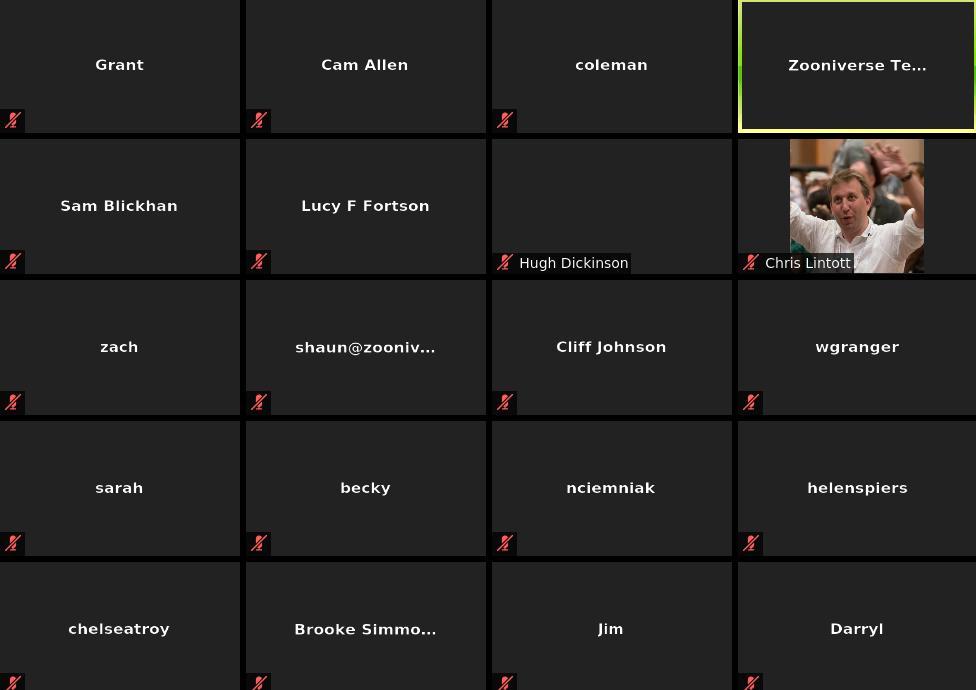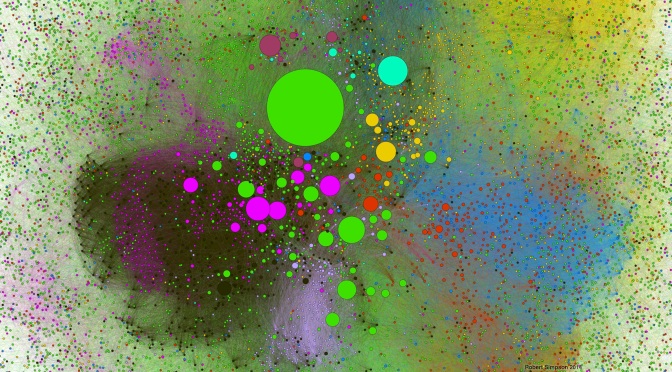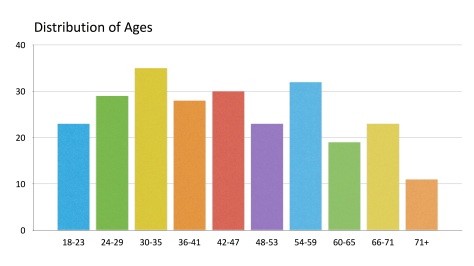by Dr. Liz MacDonald and Laura Brandt
Viewing the aurora in person is a magnificent experience, but due to location (or pesky clouds) it’s not always an option. Fortunately, citizen science projects like Aurorasaurus and Zooniverse’s Aurora Zoo make it easy to take part in aurora research from any location with an internet connection.
The Aurorasaurus Ambassadors group was excited to celebrate Citizen Science Month by inviting Dr. Daniel Whiter of Aurora Zoo to speak at our April meeting. In this post we bring you the highlights of his presentation, which is viewable in full here.
To ASK the Sky for Knowledge
Far to the north on the Norwegian island of Svalbard, three very sensitive scientific cameras gaze at a narrow patch of sky. Each camera is tuned to look for a specific wavelength of auroral light, snapping pictures at 20 or 32 frames per second. While the cameras don’t register the green or red light that aurora chasers usually photograph, the aurora dances dynamically across ASK’s images. Scientists are trying to understand more about what causes these small-scale shapes, what conditions are necessary for them to occur, and how energy is transferred from space into the Earth’s atmosphere. ASK not only sees night-time aurora, but also special “cusp aurora” that occur during the day but are only visible in extremely specific conditions (more or less from Svalbard in the winter.)
Still from Dr. Whiter’s presentation. The tiny blue square on the allsky image (a fisheye photo looking straight up) represents the field of view of the ASK cameras. The cameras point almost directly overhead.
The setup, called Auroral Structure and Kinetics, or ASK, sometimes incorporates telescopes, similar to attaching binoculars to a camera. Project lead Dr. Daniel Whiter says, “The magnification of the telescopes is only 2x; the camera lenses themselves already provide a small field of view, equivalent to about a 280mm lens on a 35mm full frame camera. But the telescopes have a large aperture to capture lots of light, even with a small field of view.”
The challenge is that ASK has been watching the aurora for fifteen years and has amassed 180 terabytes of data. The team is too small to look through it all for the most interesting events, so they decided to ask for help from the general public.
Visiting the Aurora Zoo
Using the Zooniverse platform, the Aurora Zoo team set up a project with which anyone can look at short clips of auroras to help highlight patterns to investigate further. The pictures are processed so that they are easier to look at. They start out black and white, but are given “false color” to help make them colorblind-friendly and easier for citizen scientists to work with. They are also sequenced into short video clips to highlight movement. To separate out pictures of clouds, the data is skimmed by the scientists each day and run through an algorithm.
Aurora Zoo participants are then asked to classify the shape, movement, and “fuzziness,” or diffuse quality, of the aurora. STEVE fans will be delighted by the humor in some of the options! For example, two of the more complex types are affectionately called “chocolate sauce” and “psychedelic kaleidoscope.” So far, Aurora Zoo citizen scientists have analyzed 7 months’ worth of data out of the approximately 80 months ASK has been actively observing aurora. Check out Dr. Whiter’s full presentation for a walkthrough on how to classify auroras, and try it out on their website!
Some of the categories into which Zooniverse volunteers classify auroral movement. Credit: Dr. Daniel Whiter.
What can be learned from Aurora Zoo is different from other citizen science projects like Aurorasaurus. For example, when several arc shapes are close to one another, they can look like a single arc to the naked eye or in a photo, but the tiny patch of sky viewed through ASK can reveal them to be separate features. These tiny details are also relevant to the study of STEVE and tiny green features in its “picket fence”.
Early (Surprising!) Results
Aurora Zoo participants blew through the most recent batch of data, and fresh data is newly available. The statistics they gathered show that different shapes and movements occur at different times of day. For example, psychedelic kaleidoscopes and chocolate sauce are more common in the evening hours. The fact that the most dynamic forms show up at night rather than in the daytime cusp aurora reveals that these forms must be connected to very active aurora on the night side of the Earth.
Aurora Zoo participants also notice other structures. Several noted tiny structures later termed “fragmented aurora-like emissions,” or FAEs. Because of the special equipment ASK uses, the team was able to figure out that the FAEs they saw weren’t caused by usual auroral processes, but by something else. They published a paper about it, co-authored with the citizen scientists who noticed the FAEs.
Still from Dr. Whiter’s presentation, featuring FAEs and Aurora Zoo’s first publication.
What’s next? Now that Aurora Zoo has a lot of classifications, they plan to use citizen scientists’ classifications to train a machine learning program to classify more images. They also look forward to statistical studies, and to creating new activities within Aurora Zoo like tracing certain shapes of aurora.
STEVE fans, AuroraZoo hasn’t had a sighting yet. This makes sense, because ASK is at a higher latitude than that at which STEVE is usually seen. However, using a similar small-field technique to examine the details of STEVE has not yet been done. It might be interesting to try and could potentially yield some important insights into what causes FAEs.
Citizen Science Month, held during April of each year, encourages people to try out different projects. If you love the beautiful Northern and Southern Lights, you can help advance real aurora science by taking part in projects like Aurora Zoo and Aurorasaurus.
About the authors of this blog post: Dr. Liz MacDonald and Laura Brandt lead a citizen science project called Aurorasaurus. While not a Zooniverse project, Aurorasaurus tracks auroras around the world via real-time reports by citizen scientist aurora chasers on its website and on Twitter. Aurorasaurus also conducts outreach and education across the globe, often through partnerships with local groups of enthusiasts. Aurorasaurus is a research project that is a public-private partnership with the New Mexico Consortium supported by the National Science Foundation and NASA. Learn more about NASA citizen science here.
























